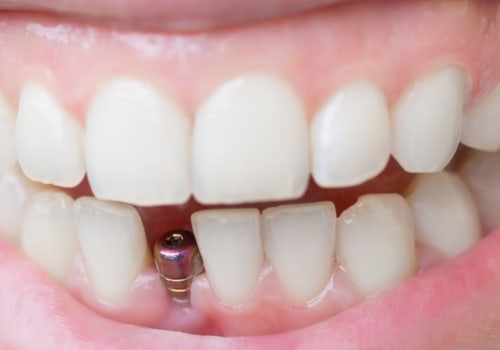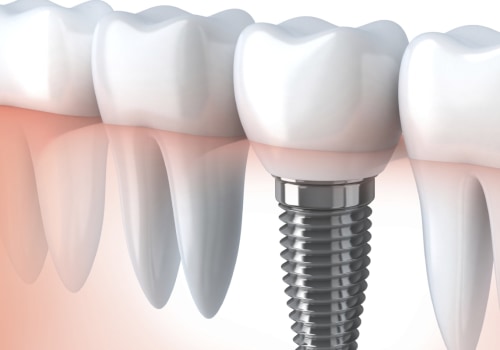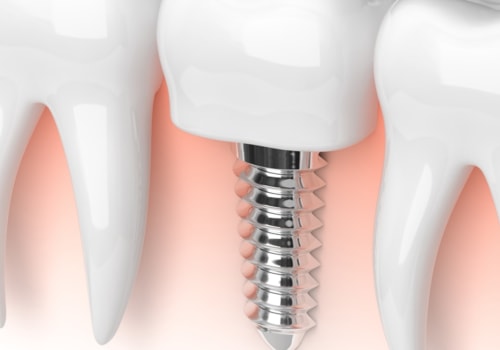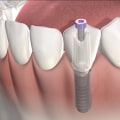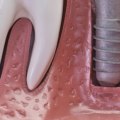Dental implants are renowned for their durability and longevity, serving as a long-term solution for missing teeth. They are designed to integrate with the bone, mimicking the root structure of natural teeth and providing a stable foundation for replacement teeth. However, there are circumstances under which dental implants may need to be removed. Removal is not a common occurrence and is typically considered a last resort, usually due to complications such as infection, improper placement, or failure to integrate with the bone. Although dental implants boast a high success rate, their success can be jeopardized by factors like poor oral hygiene, smoking, and certain health conditions, which may lead to peri-implantitis – an inflammatory condition affecting the tissue around the implant.
When removal is necessary, it is performed under local anesthesia to ensure the patient's comfort. The procedure to remove an implant is typically more straightforward than the original placement, assuming there is no significant bone integration. In cases where the implant is firmly integrated with the bone, specialized tools and techniques may be required to extract it without causing excessive damage to the surrounding bone tissue. After removal, the site is allowed to heal, and bone grafts may be placed to preserve the bone structure for potential future implantation.
Consulting with a local dental practice experienced in implant dentistry is crucial for anyone considering dental implants or facing complications with existing implants. A skilled dental professional can assess the situation, recommend the best course of action, and perform the removal procedure if necessary. They can also provide advice on alternative tooth replacement options and the feasibility of replacing the removed implant with a new one, depending on the health of the bone and the overall oral health condition of the patient.
It's important to note that the decision to remove a dental implant is not made lightly. A comprehensive evaluation is conducted to explore all possible alternatives to preserve the implant. Preventative measures and treatments, such as improving oral hygiene practices, antibiotics, or corrective surgery, are considered before proceeding with removal. The expertise and judgment of dental professionals at a local dental practice play a critical role in ensuring that patients receive care that is in their best interest, prioritizing the health and functionality of their teeth and implants.
In addition to the technical considerations of implant removal, the patient's comfort and concerns are also paramount. Detailed explanations of the reasons for removal, the procedure itself, and the post-removal care plan are essential in helping patients feel informed and at ease with the process. The goal of a local dental practice is not only to address dental health issues but also to ensure that patients are supported throughout their treatment journey, from initial consultation through recovery and beyond.
In conclusion, while dental implants are a highly effective and durable solution for tooth replacement, there are instances when removal may become necessary. This decision is influenced by a range of factors, including infection, failure to integrate, and other complications. The removal process, guided by the expertise of dental professionals at a local dental practice, is carried out with the patient's comfort and oral health as the top priorities. Through careful evaluation and treatment planning, dental practitioners ensure that patients are provided with the best possible outcomes, whether that involves implant removal, replacement, or alternative treatments. The key to a successful resolution of implant-related issues lies in the skillful hands of dental experts and the advanced techniques and technologies they employ to restore oral health and smiles.

